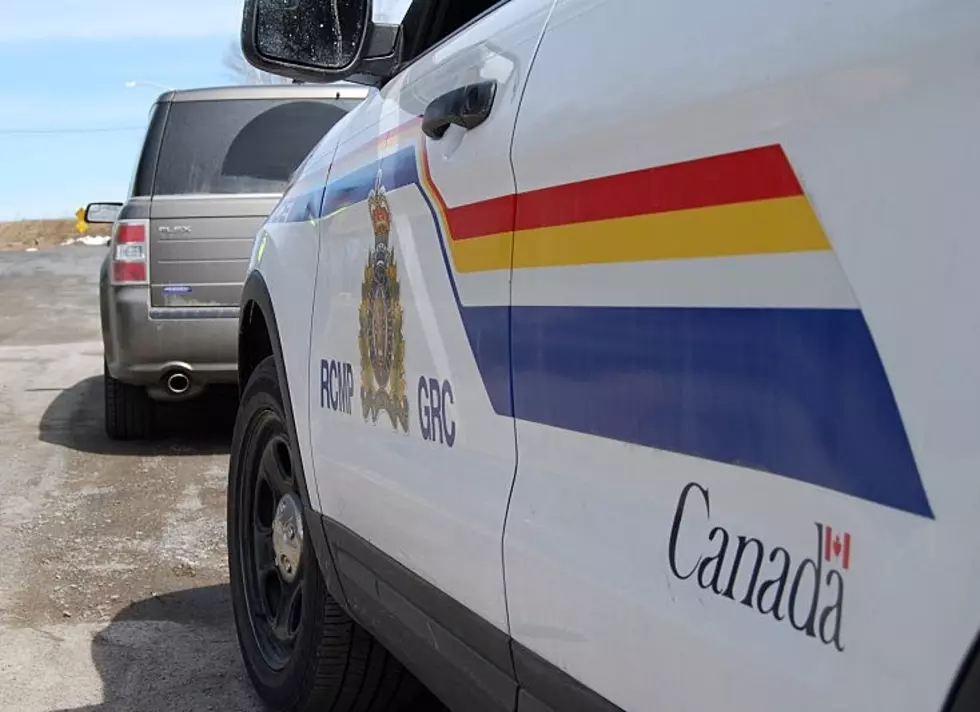
New Brunswick COVID-19 Update
Public Health reported one new case of COVID-19 Tuesday.
The new case is an individual between 20 and 29 in Zone 1 (Moncton region) related to travel.
The number of confirmed cases in New Brunswick is 147 and 121 have recovered, including one related to the outbreak in Zone 5 (Campbellton region). There has been one death, and the number of active cases is 25. Five patients are hospitalized with one in an intensive care unit. As of today, 34,814 tests have been conducted.
“No matter where you live in New Brunswick, please continue to maintain two metres of physical distance between yourself and others when you are away from home,” said Dr. Jennifer Russell, chief medical officer of health. “After three months, it can be easy to forget to keep doing the simple things like distancing, washing your hands frequently, and covering coughs or sneezes, but these are the most important tools we have in preventing the spread of COVID-19.”
All areas of New Brunswick except Zone 5 are currently in the Yellow level of the COVID-19 recovery plan, which is aimed at the gradual reopening of businesses and activities while working to prevent a resurgence of transmission. Zone 5 remains at the Orange level of the recovery plan.
The following rules apply to Zone 5:
- A two-household bubble is permitted. Your household can join up with one other household, if both households mutually agree. You must not have close contact with anyone else. You cannot join up with more than one household or bubble.
- Non-regulated health professionals and businesses such as acupuncturists and naturopaths cannot operate at this time.
- Personal services businesses such as barbers, hair stylists, spas, estheticians, manicurists, pedicurists, and tattoo artists cannot operate at this time.
Information on public health recovery phases, measures and guidelines is available online.
If you or a member of your family are showing two of the following symptoms, contact Tele-Care 811 or your primary health-care provider for further direction:
- fever above 38°C or signs of fever (such as chills);
- a new cough or worsening chronic cough;
- sore throat;
- runny nose;
- headache;
- a new onset of fatigue;
- a new onset of muscle pain;
- diarrhea;
- loss of sense of taste or loss of sense of smell; and
- in children, purple markings on the fingers or toes. In this instance, testing will be done even if none of the other symptoms are present.
A self-assessment will help you determine if you should be tested for COVID-19.

READ MORE: Here are 50 ways you can improve your work from home lifestyle
More From









